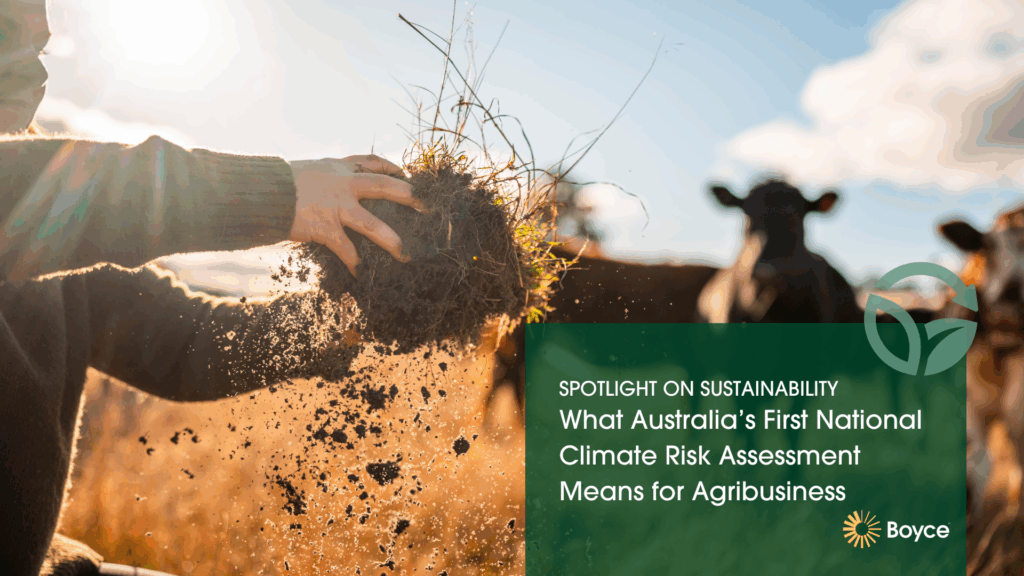

Australia’s agricultural sector is facing a new era of climate risk and opportunity. With the release of the first National Climate Risk Assessment (NCRA), the government has set the stage for how farmers, agribusinesses, and regional communities will adapt and thrive in a changing environment.
Australia’s first National Climate Risk Assessment is a big step for the farming sector. The report shows that agriculture faces more climate risks than most other industries. Droughts, heatwaves, and extreme weather are becoming more common. These changes affect crops, livestock, and farm profits.
The government aims to cut agricultural emissions by 28% by 2050. Agriculture is vital to Australia’s economy. It produces $92 billion a year and uses 55% of the nation’s land. The sector also uses 74% of Australia’s water and makes up about 19% of our net emissions.
Farmers are already making changes. They are improving land management, using new technology, and adopting renewable energy. These steps help reduce emissions and boost productivity.
Climate risk is different for every farm. Each business faces unique challenges, like water shortages or heat stress on livestock. Doing a climate risk assessment helps you find your biggest risks and spot new opportunities.
Mandatory climate reporting is coming soon. If you start tracking your greenhouse gas emissions and managing risks now, you’ll be ready. Early action also builds trust with customers and lenders.
At Boyce, we understand the unique challenges and opportunities facing Australian agribusinesses. Our team can help you:
If you want to strengthen your business’s climate resilience, understand your carbon emissions profile, or get ahead of ASRS reporting requirements, talk to our team today.